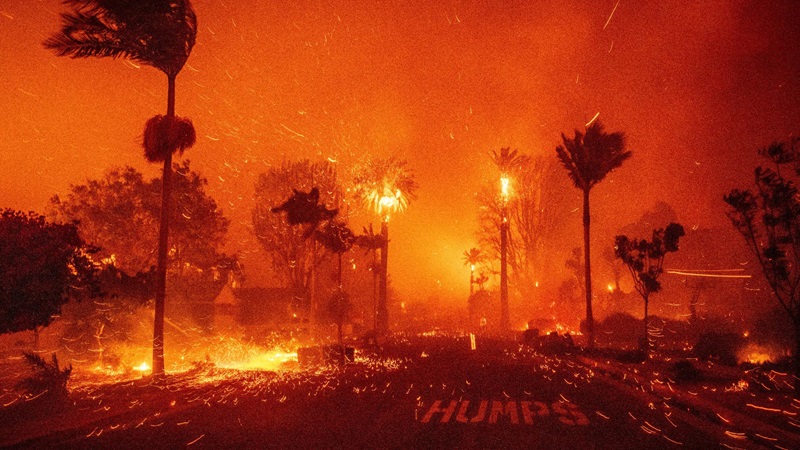Homeowners Seeking Coverage for Smoke, Ash, and Debris Damage After Wildfires: Key Legal Considerations
Homeowners pursuing insurance coverage for smoke, ash, and debris contamination should engage qualified experts capable of establishing a link between wildfire exposure and tangible, long-term property damage. This approach has become particularly important following the California Court of Appeal’s decision in Gharibian v. Wawanesa General Insurance Company, 108 Cal.App.5th 730 (2025).
In Gharibian, homeowners sought coverage after the 2019 Saddle Ridge Fire left their property covered in smoke, soot, ash, and fire debris. The flames did not physically reach or burn the insured property. The homeowners reported a claim to Wawanesa General Insurance Company, which paid over $20,000—a payment the homeowners rejected. Wawanesa ultimately denied the remainder of the claim, arguing there was “no direct physical loss to property.”
Both parties relied on professional cleaning estimates and expert testimony. The court granted judgment in favor of Wawanesa, citing several key findings:
The wildfire debris did not cause a “lasting and persistent” alteration to the property; the damage was considered superficial and “easily cleaned or removed.”
The homeowners’ own expert testified that soot does not physically damage property and ash only cause damage under specific conditions (e.g., exposure to water on metal or vinyl).
The expert also stated the home could be fully cleaned with standard methods like HEPA vacuuming, surface wiping, and power washing.
Based on this evidence, the court concluded that Wawanesa did not breach its policy, as the homeowners’ claim did not constitute a covered loss.
In response to such disputes, the California Department of Insurance issued Bulletin 2025-7, advising insurers to evaluate each smoke damage claim individually. While affirming that policy language remains central, the Bulletin emphasized that not all smoke-related claims are precluded by decisions like Gharibian. The Department noted that the presence of wildfire debris alone does not necessarily qualify as “physical loss or damage,” but neither does it automatically negate a claim. The decisive factor is whether the smoke or debris has caused a distinct, demonstrable physical alteration to the property.
Additionally, the Department referenced Another Planet Entertainment, LLC v. Vigilant Insurance Company (S277893), which held that physical damage does not need to be visible or structural if it impairs the property's use or function.
A key step to obtaining coverage is to hire a specialist that analyzes the health effects of wildfire combustion byproducts, such as toxic substances like asbestos, carcinogenic agents, heavy metals, and other common toxic chemicals that are carried by smoke. These professionals can establish the health risks of the contamination and establish tangible, personal property damage as these harmful byproducts can embed themselves into carpets, HVAC systems, furniture and the like. Those situations should be covered under homeowners’ policies.
At McGonigle Law, we are currently representing homeowners affected by the Eaton Fire who are facing similar pushback from their insurance companies. These situations highlight the need for thorough documentation, expert analysis, and experienced legal advocacy when pursuing coverage for smoke, ash, and toxic debris damage. If your home was impacted by the Eaton Fire and your claim has been denied or undervalued, our team is prepared to help you navigate the legal process and fight for the compensation you’re entitled to. Call us at 800-713-5260 for a free consultation.


